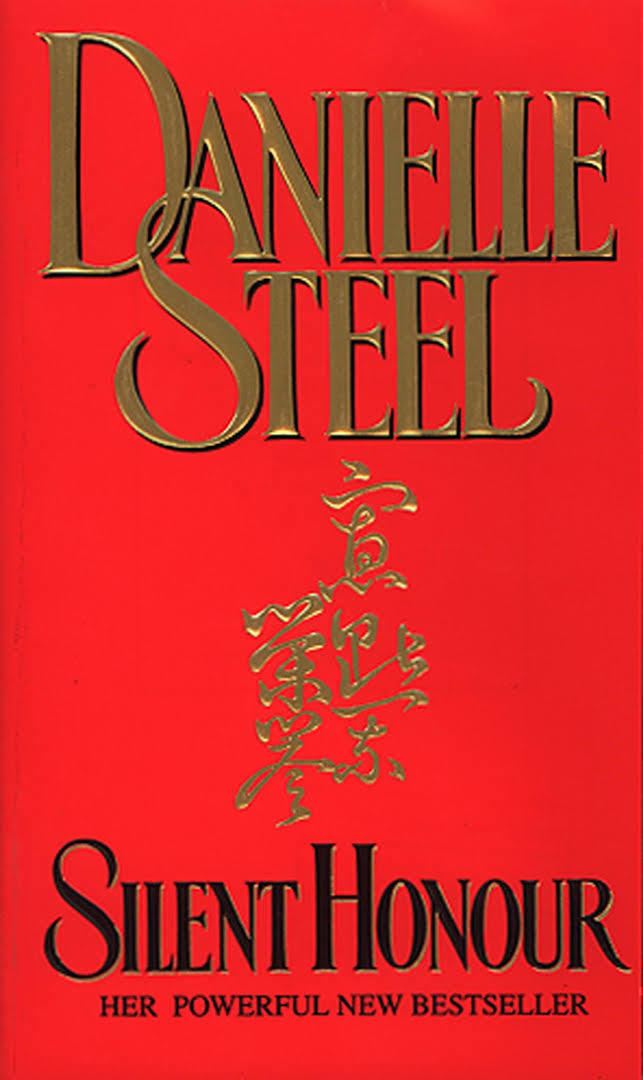8 /10 1 Votes8
Language English Pages 353 pp Dewey Decimal 813/.54 20 Publisher Dell Publishing OCLC 34576683 | 4/5 Goodreads Publication date 1996 ISBN 0-385-31301-2 Originally published 1996 | |||||||||||||||||||||||||||||||||
 | ||||||||||||||||||||||||||||||||||
Similar Danielle Steel books, Romance novels | ||||||||||||||||||||||||||||||||||
Silent Honor is a novel written by Danielle Steel, published in 1996. The plot follows Hiroko, an eighteen-year-old who leaves Japan to live with her uncle in California, United States, after making a difficult decision based on her needs and her mother's beliefs. However, when Pearl Harbor is bombed, she becomes an enemy in the American community. The book was published by Delacorte Press.
Contents
- Silent honor
- Plot summary
- Hiroko Takashimaya
- Peter Jenkins
- Takao Tanaka
- Masao Takashimaya
- Yuji Takashimaya
- Anne Spencer
- Reception
- References
Silent honor
Plot summary
In August, 1941, Hiroko visits the United States from Japan, as she has an uncle, aunt, and cousins living there. Upon first arrival, she settles in well and continues to lead a regular life, however, on December 7, 1941 — Pearl Harbor is bombed, thus making them an enemy in their community and across the USA, as they are considered foreigners. Ordered to stay by her father, she remains occupied in California, however, the military are ordered to remove all Japanese citizens, and she ends up being put in a detention centre, having to fight to stay alive.
Hiroko Takashimaya
Seventeen-year-old Japanese girl who visits California for studying at St. Andrew's College just before Japan's Pearl Harbor attack
Peter Jenkins
Colleague of Takao at Stanford University who befriends Hiroko
Takao Tanaka
A cousin of Hiroko's father, who is a professor at Stanford University in California
Masao Takashimaya
Hiroko's father who teaches at Kyoto University
Yuji Takashimaya
Hiroko's younger brother in Japan
Anne Spencer
Hiroko's roommate at St. Andrew's dormitory
Reception
Publishers Weekly comments about the book that "Steel's slapdash prose and stereotypical characterization produce a formulaic tale, albeit more earnest and didactic than her usual fare".
